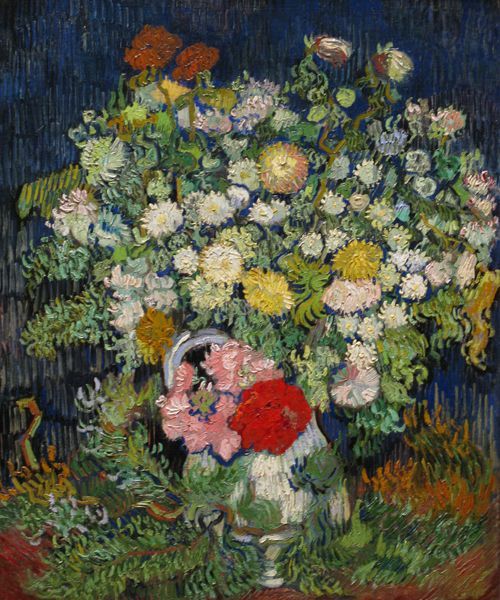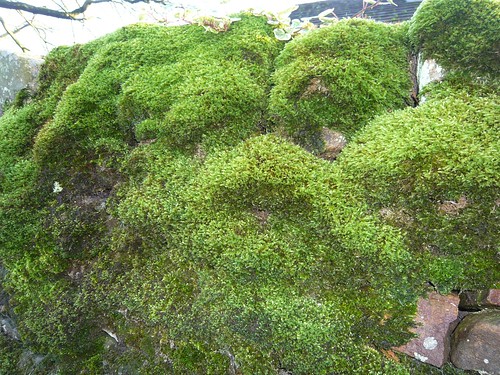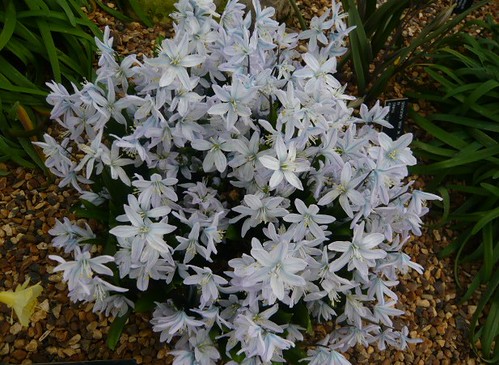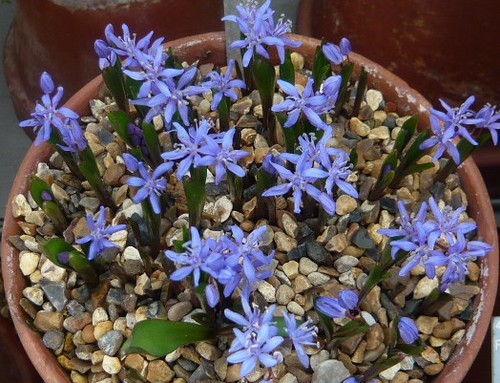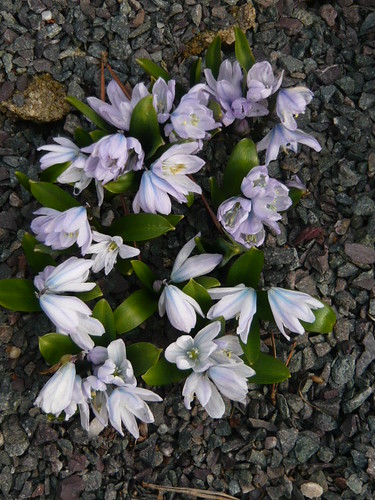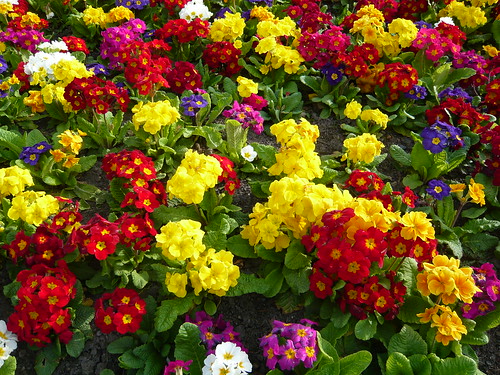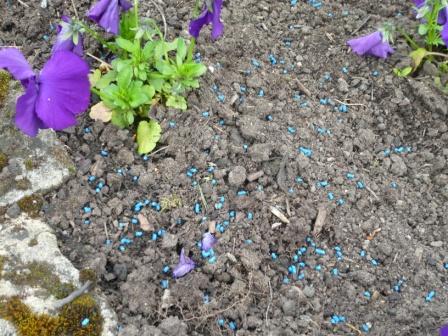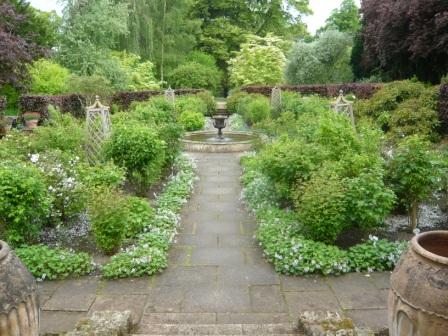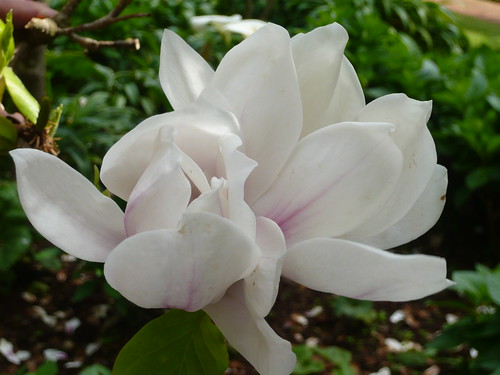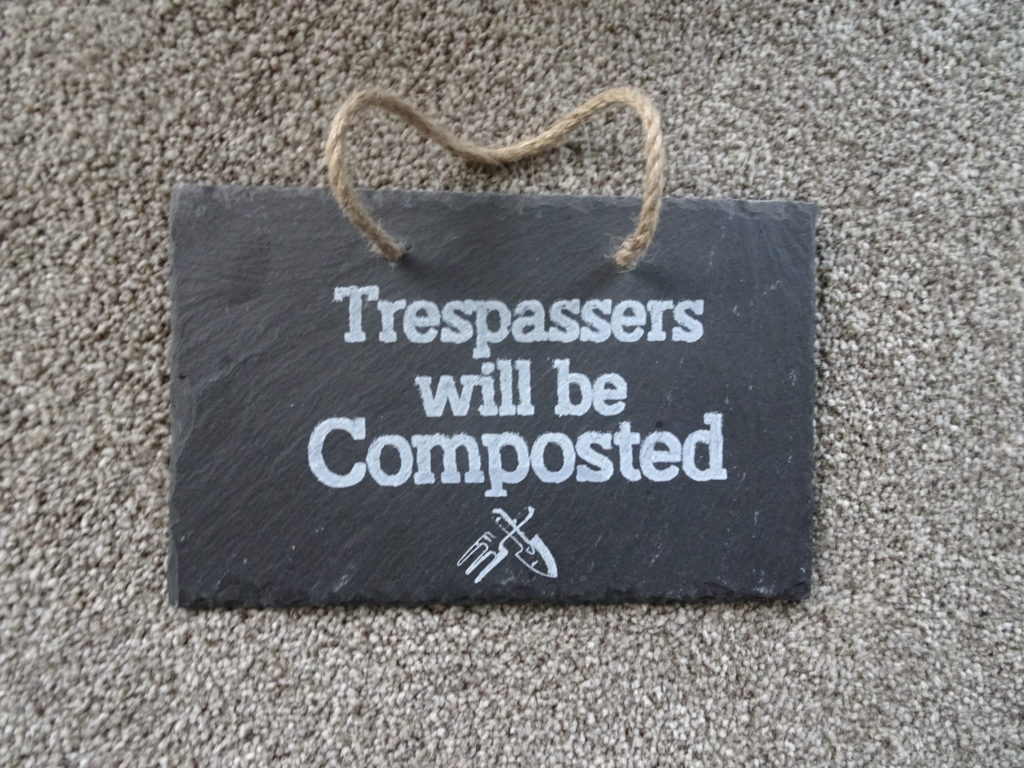Quirky One Off Gardening Tips
Give slugs a slug of beer to drown in. Birds succeed in your garden if you give them seeds to suck!
Gardeners Tips want to live up to its name but it is hard to make a full post out of some small tips. So here is a few uncodified items that may be of use.
Why not pay a visit to ‘the less fattening flower show’ your own Lo-cal flower show.
Vegetables
Parsnip seeds are often sown too early and rot. In April put seeds in the fridge for a week, to help break dormancy, before sowing. Bring back to room temperature, allow to dry, sow and mark the row with radishes that germinate quicker.
Grow green Soyabean seeds ‘Envy’ or ‘Agate’ this May for 20+ pods per plant but add rhizomatous bacteria to the soil when sowing.
When herbs flower they loose some flavour so cut Chives and Fennel to the ground and other leafy herbs down by half as soon as they have flowered.
Pinch out the top inch of broad bean plants when you spot any black-fly.
Calendula ‘Pot Marigolds’ help keep green and black flies off your veg
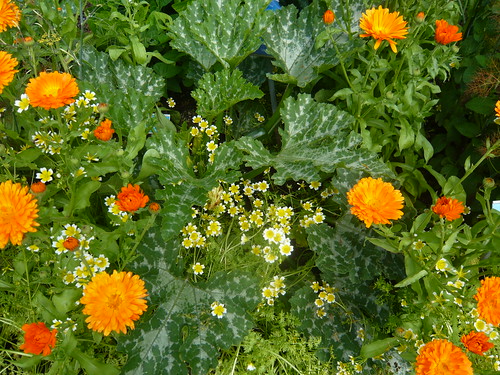
Practical Gardening
Water plants from a water butt as any water direct from the mains is likely to be cold.
Black plastic pots get hotter than the terracotta equivalents by absorbing the suns heat. It suits some plants but dries out quicker so I use one size larger than normal.
If planting bulbs in pots the deeper the pot the taller the bulb and flower is likely to grow.
Pruning
Prune Lavender in August to remove old flowers and a couple of inches of new growth but do not cut into old wood. Then in March lightly trim again to tidy up. Put August prunings in a sandy soil as cuttings to propagate new plants.
There is no law that says you must prune Roses. Left alone they will be fine, more roses are killed by over pruning than anything else.
Cutting dried or desiccated plums from a tree is not pruneing. Prune prune-plums in summer.
